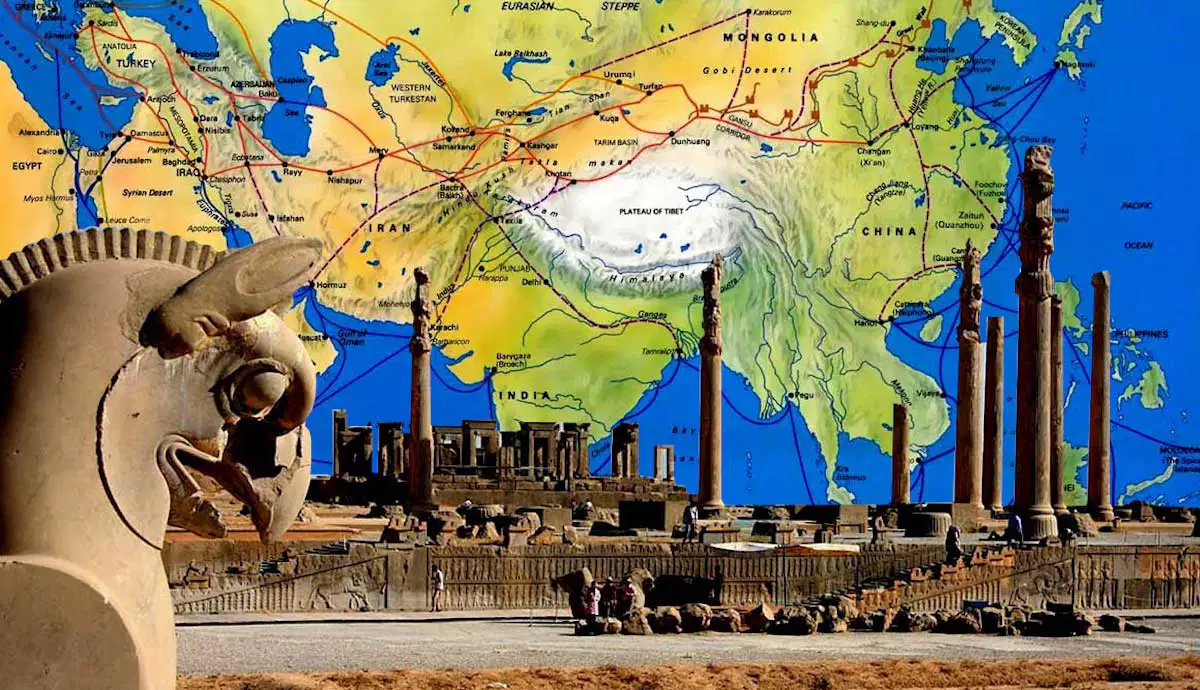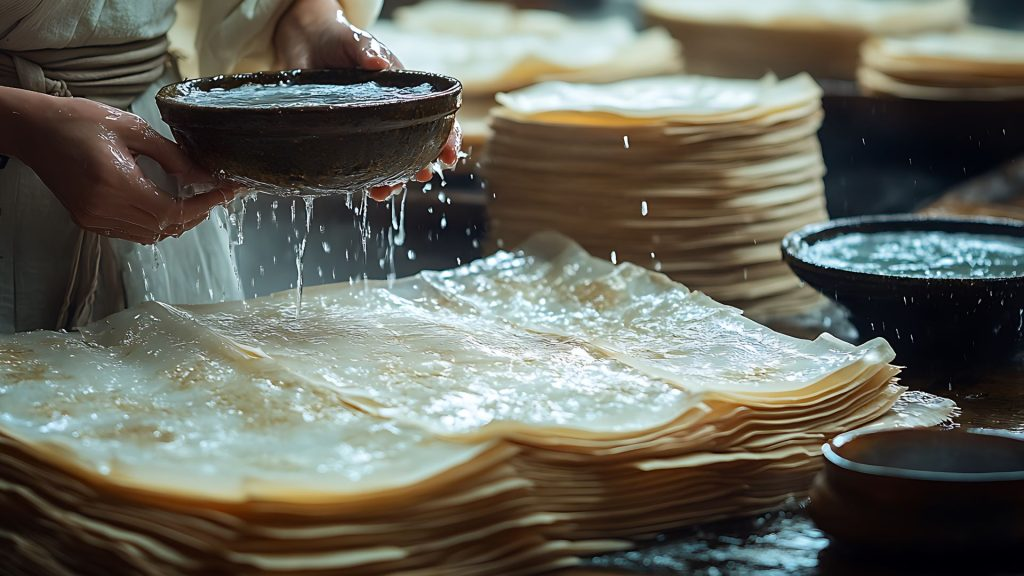The Silk Road was more than just a trade route; it was a transformative network that connected East and West for centuries. Spanning thousands of miles from China to the Mediterranean, this ancient corridor facilitated the exchange of silk, spices, precious metals, and other valuable commodities. Its significance lies not only in commerce but also in its role as a conduit for ideas, religions, and technologies. Scholars emphasize the Silk Road’s contribution to shaping early globalization, demonstrating the expertise of civilizations in creating lasting economic and cultural links.
The experience of traders, pilgrims, and diplomats who journeyed along the Silk Road reveals a tapestry of intercultural interactions. Caravanserais, market towns, and ports became melting pots where diverse peoples met and shared knowledge. This human exchange fostered religious diffusion, spreading Buddhism, Islam, and Christianity across continents. Additionally, innovations like papermaking and gunpowder traveled westward, influencing societies far beyond their origins. These interactions highlight the road’s enduring impact on shaping world history.
From an authoritative perspective, the Silk Road’s legacy continues to be studied through archaeology, historical texts, and modern scholarship. Researchers cite sources ranging from ancient Chinese chronicles to Greco-Roman writings to piece together its complex story. Maintaining transparency about these sources and emphasizing factual evidence ensures the trustworthiness of this narrative. Today, the Silk Road stands as a testament to humanity’s interconnectedness and the power of cross-cultural exchange, themes that resonate in our globalized world.




